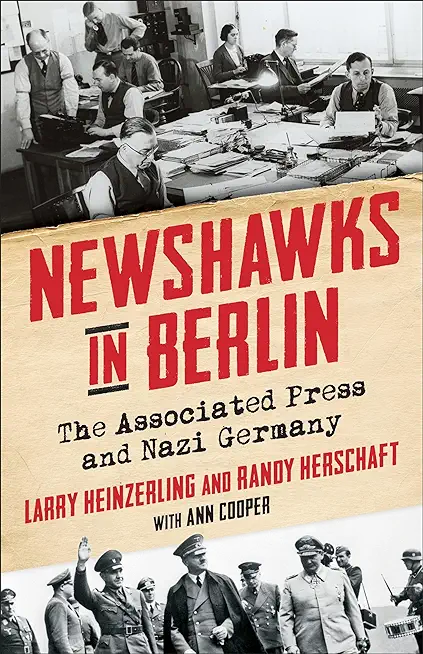
description
Germany in 1933, the Associated Press (AP) brought news about life under the Third Reich to tens of millions of American readers. The AP was America's most important source for foreign news, but to continue reporting under the Nazi regime the agency made both journalistic and moral compromises. Its reporters and photographers in Berlin endured onerous censorship, complied with anti-Semitic edicts, and faced accusations of spreading pro-Nazi propaganda. Yet despite restrictions, pressures, and concessions, AP's Berlin "newshawks" provided more than a thousand U.S. newspapers with extensive coverage of the Nazi campaigns to conquer Europe and annihilate the continent's Jews. Newshawks in Berlin reveals how the Associated Press covered Nazi Germany from its earliest days through the aftermath of World War II. Larry Heinzerling and Randy Herschaft accessed previously classified government documents; plumbed diary entries, letters, and memos; and reviewed thousands of published stories and photos to examine what the AP reported and what it left out. Their research uncovers fierce internal debates about how to report in a dictatorship, and it reveals decisions that sometimes prioritized business ambitions over journalistic ethics. The book also documents the AP's coverage of the Holocaust and its unveiling. Featuring comprehensive research and a memorable cast of characters, this book illuminates how the dilemmas of reporting on Nazi Germany remain familiar for journalists reporting on authoritarian regimes today.
member goods
No member items were found under this heading.
Return Policy
All sales are final
Shipping
No special shipping considerations available.
Shipping fees determined at checkout.







